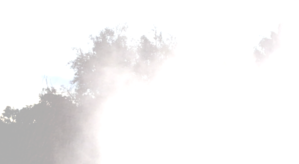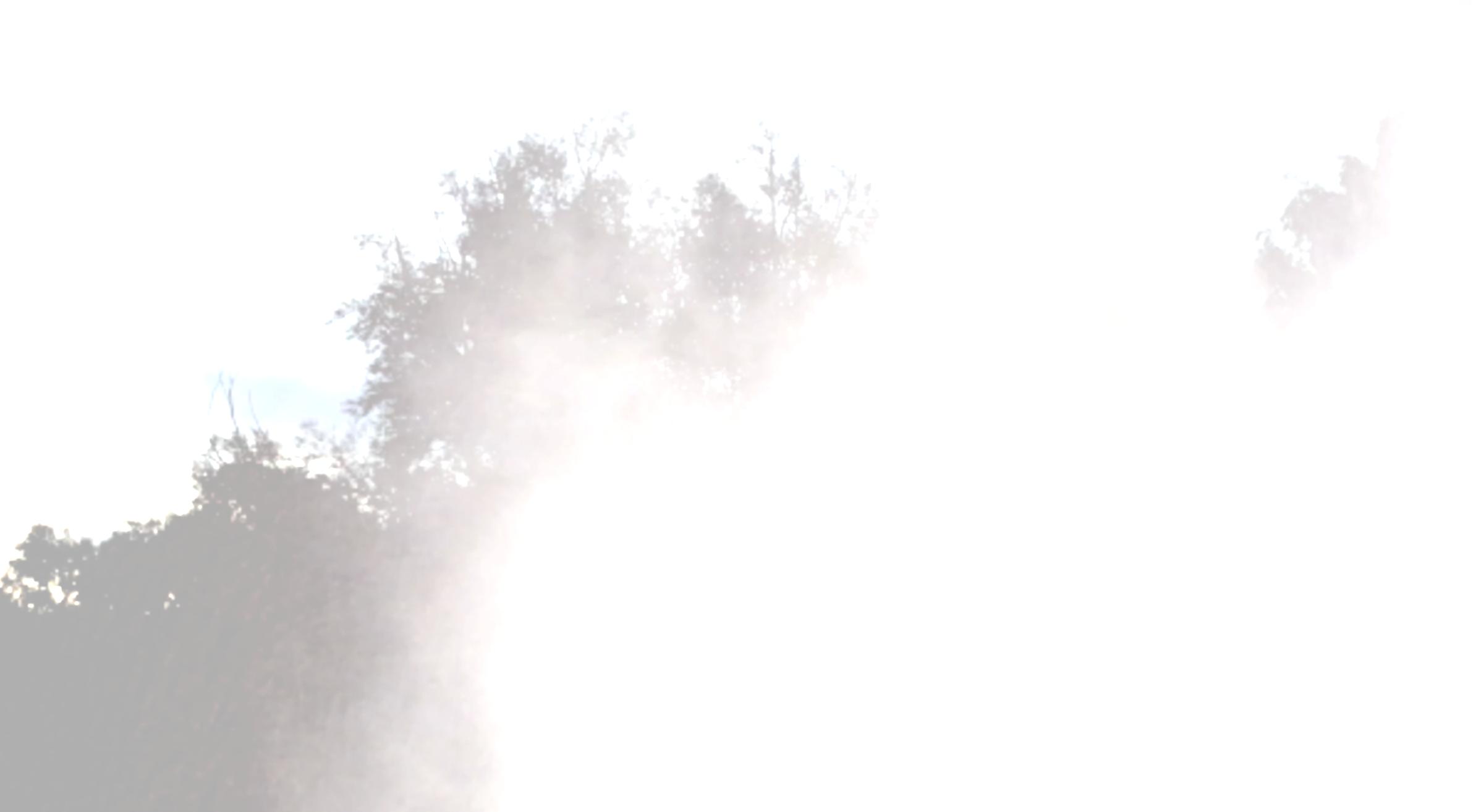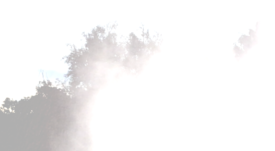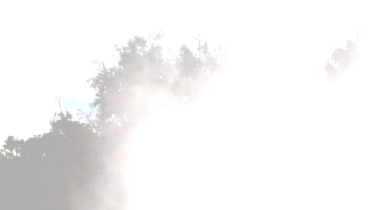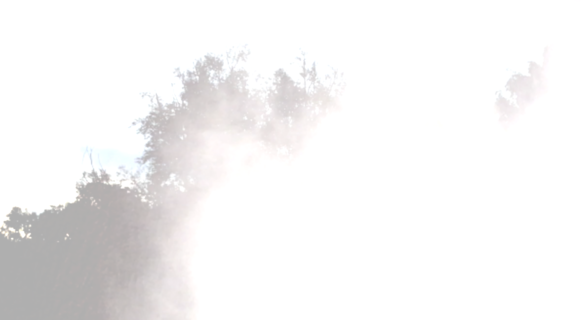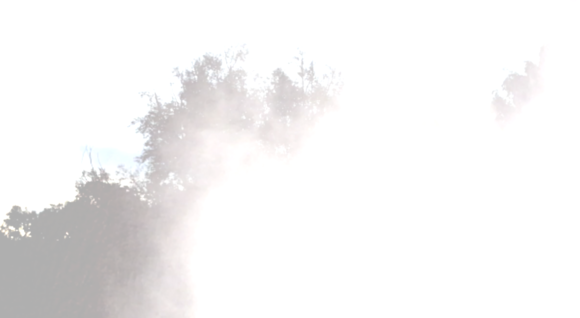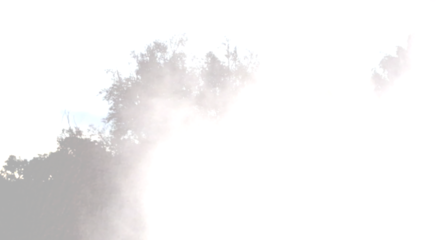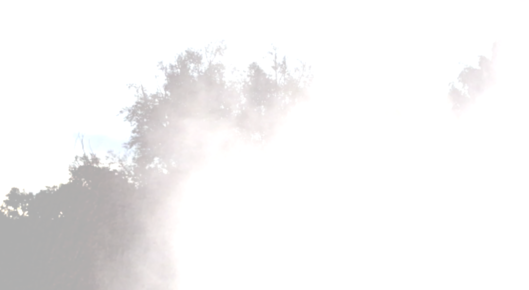Below, I offer my perspectives of what emerged in the making process and how this creative practice offered me tools to prise open the ‘thick present’ of the initial encounters, allowing a range of complex feelings and broader meanings to emerge. In articulating the insights, I focus primarily on the audio creation, where I feel the main ‘finding out’ happened, in relation to each encounter. This is followed by a briefer account of the image mixing practices and specifically what was activated through the capacities to mix, treat and shift loops of footage in real time.
Community Garden (21 - 25.15 mins) opens with the sound of low movements and rumblings and energies that perhaps sit beneath the surface of the ground – things we can’t see, things that don’t raise their heads for us. This song is led by a vocal and guitar arrangement composed by Scott – it is more of a ‘song’ than any of the other movement of Urban Wild_Life and as such, for me, most clearly expresses the human need and wish for nature to serve us. We planted flowers and shrubs in areas on our street and we imagined that with both human and more than human cooperation, the plants would grow and be enjoyed by our neighbours. Neither happened and the sense that the beds should offer us something - some joy and satisfaction, some sense of progress and achievement – was met with their hard refusal to be what we envisioned. The cycles of hope and disappointment are built into the text and its sonic arrangement, As I sang with Scott, particularly the nonverbal oohs at the end of each chorus, I felt again that sense of longing for abundance and bounty that I had experienced when we tried to make the spaces ‘productive’. The mix of hectic and chaotic vocals at the end emerged after the development of the more human-centred song. Though it was not made with this intention, when activating the sounds, it felt like all those hidden energies and happenings in the soil - in the earth - were given space, expressing the continuous more than human processes that are not for anything, which do not serve and offer themselves to us in display, but which are an ongoing wild vitality nonetheless.
